What is a whiteout? Our guide, plus what to do if you’re stuck in one
It’s a nightmare scenario that can occur in poor conditions on the mountains in winter, but just what is a whiteout?
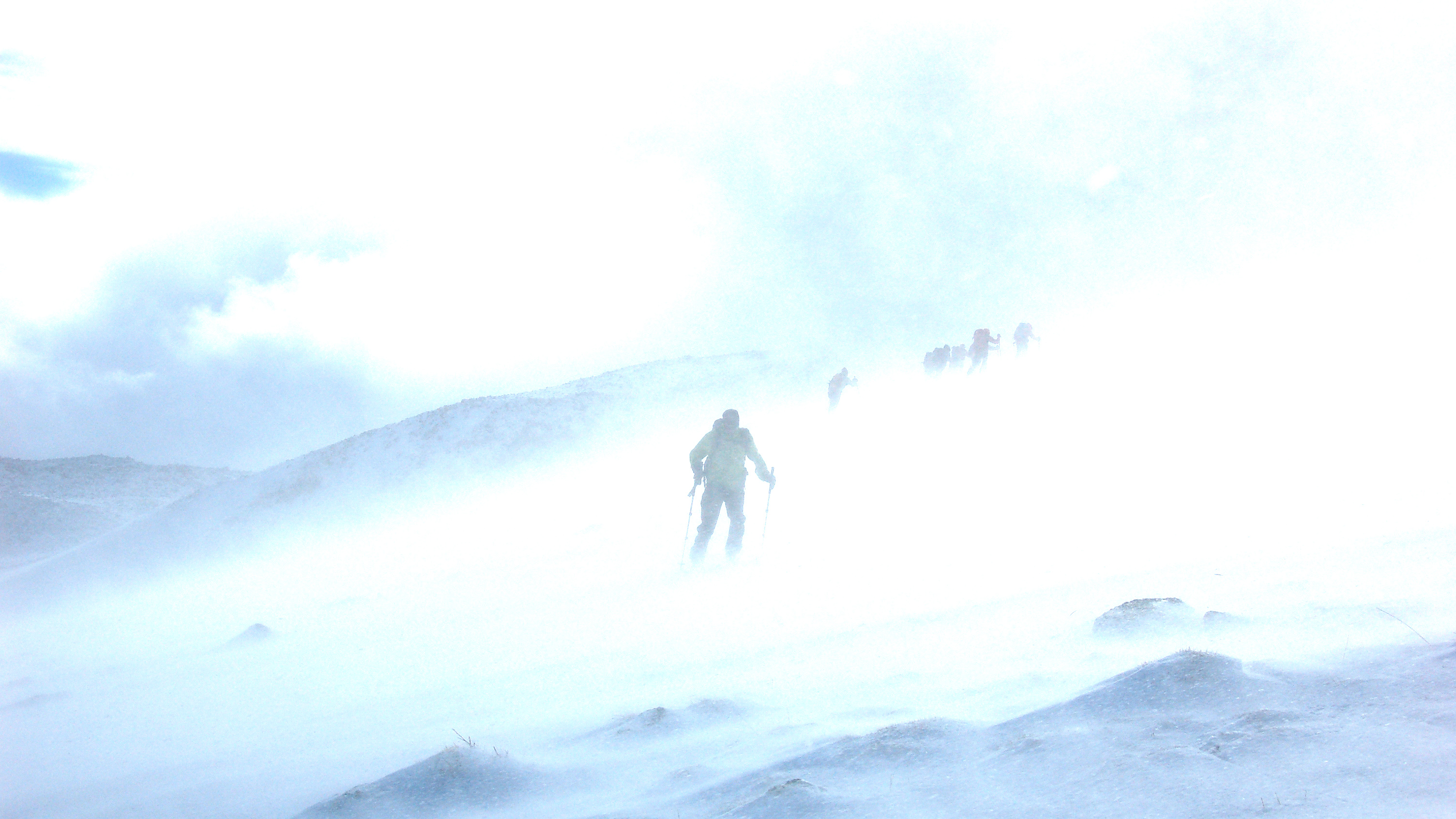
Take all the most problematic winter conditions, give them a shake to mix them up good and proper, and release. The result is a whiteout, an unnerving phenomenon that occurs when the snowy terrain below your feet becomes indistinguishable from the sky in front of you. There’s no horizon, you can barely see your hands and there’s no sense of up and down, never mind north, south, east and west.
This nightmarish scenario can flummox even the most seasoned mountaineers and render navigation incredibly difficult. Some have likened it to being inside a ping pong ball, with all the loss of directional sense this suggests. I’ve also heard it described as like being in the pitch dark, but rather than surrounding blackness, it’s surrounding whiteness, as if the Pearly Gates themselves are about to emerge before you!
It’s a dangerous situation to find yourself in, as you’ll quickly get pretty cold if you stop, even if you’re wearing a quality waterproof jacket and a thick down jacket. However, moving in any direction could see you end up getting lost or, worse, lead you to dangerous, unseen terrain. Here, we reveal what it feels like to be caught in a whiteout, what causes one and what to do if you find yourself in a whiteout's clutches.
Meet the expert
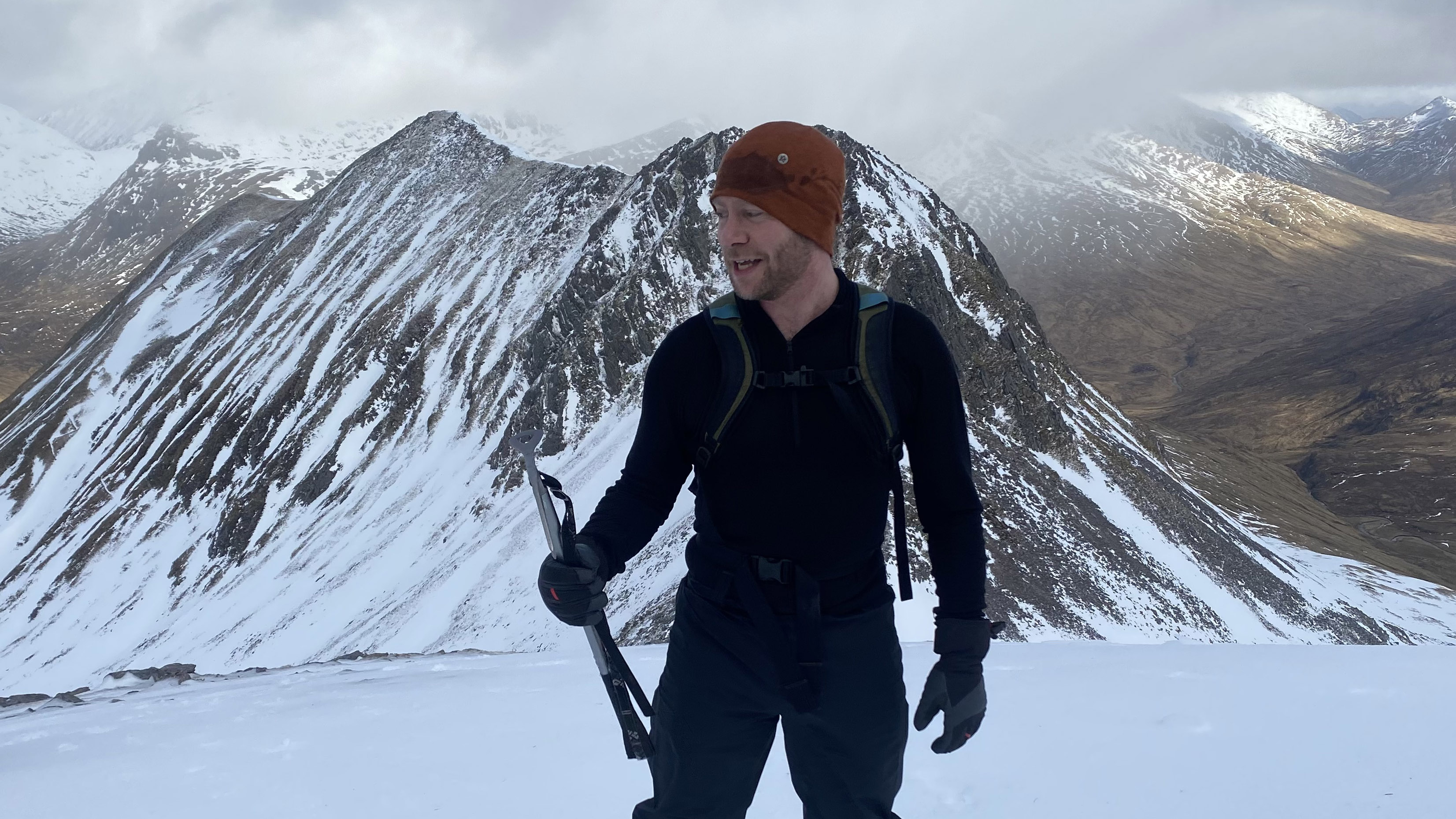
Alex is a Mountain Leader, aspirant Winter Mountain Leader and President of the London Mountaineering Club. One of his favorite places in the world is the Scottish Highlands in winter, where he’s enjoyed a fair few epic days. He knows that getting caught in a whiteout on places like the Cairngorm plateau is serious business.
Today's best deals
What does it feel like to be in a whiteout?
- Being in a whiteout can be very disorientating and, in some cases, make you feel nauseous

Finding yourself in a whiteout can be hugely disorientating. Without all the usual visual references – such as the horizon, nearby objects, the slope of the terrain and often even your own hands – it’s difficult to get a sense of your own position relative to your surroundings. On top of the panic this might cause, it can also cause nausea and balance issues akin to seasickness.
What causes a whiteout?
- Blizzards and snow flurries can cause whiteouts
- Thick, low cloud on snowy terrain can also cause whiteouts
A whiteout can occur in a heavy blizzard, when the volume of falling snow and the windblown snow tossed up from the ground create an all-encompassing whiteness, markedly reducing visibility. Imagine being inside a snow globe that won’t settle and you’re some way towards imagining these kind of conditions. Alternatively, a brief whiteout can also take place when a sudden snow flurry occurs during normal snowfall.
Another form of whiteout occurs when thick fog diffuses the sunlight, creating a veil of white that blends seamlessly into the snowy terrain below. This a creates ghostly and disconcerting atmosphere. Your surroundings become very taxing to navigate through, even with expert map and compass skills.
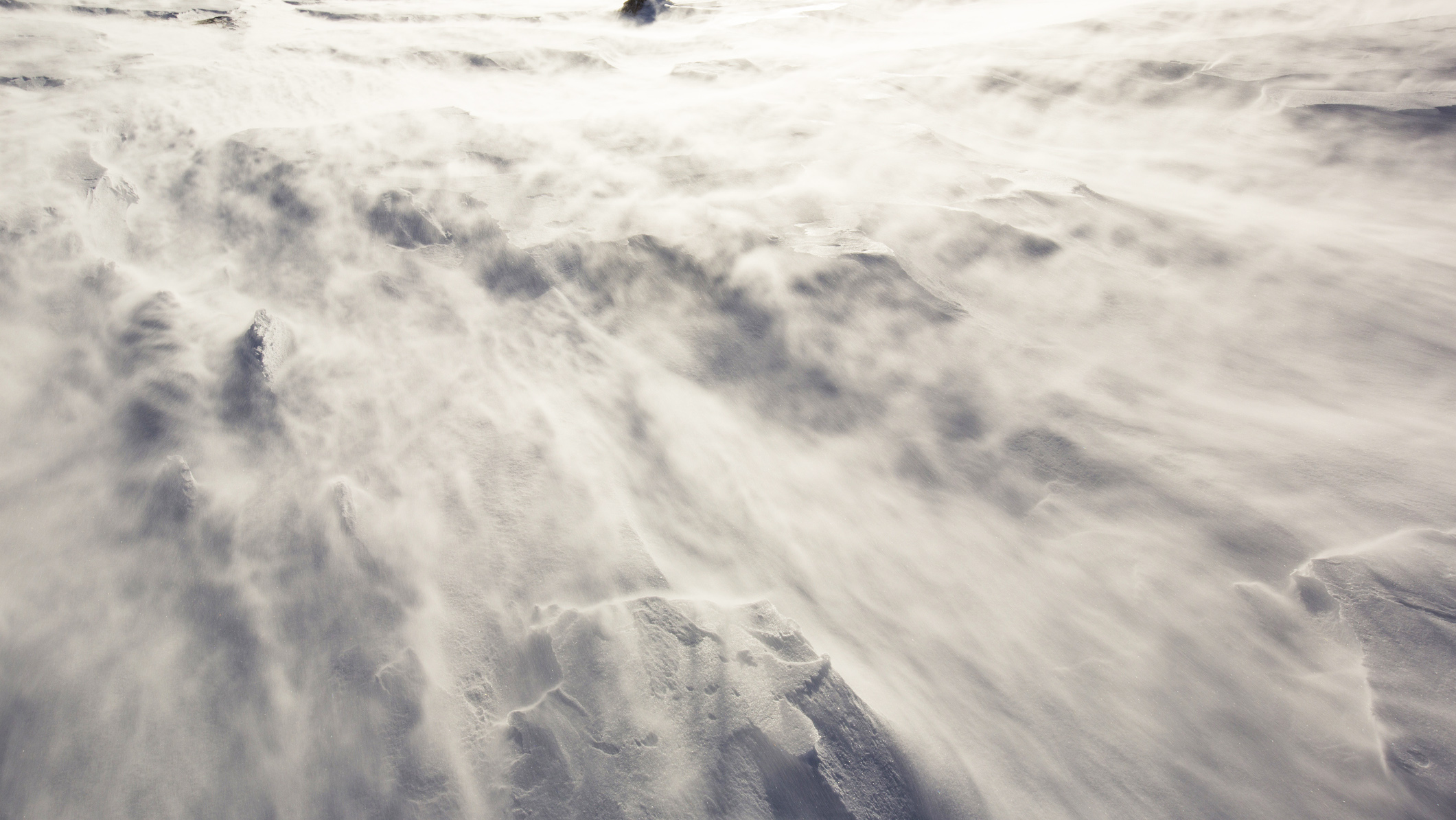
What to do in a whiteout
- Make sure you know you location if whiteout conditions grow
- It's often wise to stay put to see if conditions improve
- Use a survival shelter or put on all your layers if waiting
- Take time to plan how you are going to get down
If conditions begin to worsen, make sure that you take note of exactly where you are on the map so that, if a whiteout descends on you and your group, you have a known location to plan from.
All the latest inspiration, tips and guides to help you plan your next Advnture!
If a full-on whiteout occurs, firstly, stay calm. Having all the visual stimuli you take for granted removed is hugely unnerving, but you’ve still got four other senses and your mountain nous. Besides, the whiteout will only be temporary, though exactly how long it’ll last is often impossible to tell. The good news is that, even if it doesn’t shift, it’s likely that by descending you’ll drop below the severest conditions, making your life easier once again. However, before thinking about descending, pause and take a moment…
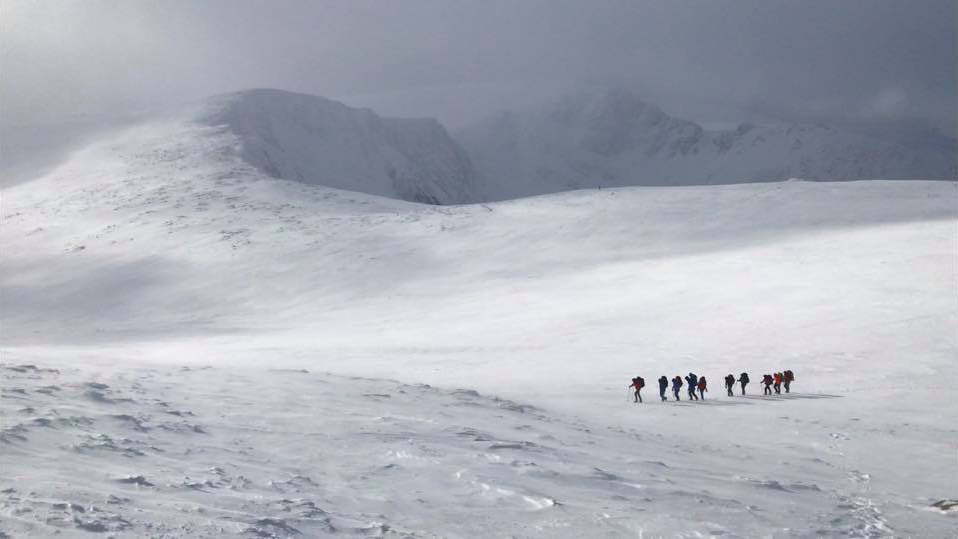
A good option, if you have enough daylight on your side and you’re with others, is to hunker down in a survival shelter and wait for the conditions to pass. This allows anyone feeling nauseous to sit down and recover. Severe whiteout conditions often don’t last long and the break will give you a chance to regroup, take on some food and drink, and consolidate your plans.
If you’re on your own and suspect that the conditions will soon pass, put on every down jacket and fleece layer you’ve got, have some food and start to plan your route down. If you know where you are on the map, consider any hazards – such as corniced edges, steep crags and slopes prone to avalanche – when planning your onward route. Any features that you can ‘handrail’, such as a drystone wall, a fence or a stream are extremely useful in these scenarios.
How to get off the mountain in a whiteout
- You might be able to use your GPS watch's breadcrumb trail to return the way you came
- Break navigational legs into short, measurable journeys with clear landscape features
- Avoid hazardous ground like corniced edges, crags or avalanche-prone slopes

If you’ve been tracking your route using a GPS watch, you might be able to follow a 'breadcrumb' trail on your watch's display, taking the same route down as you came up. If using your map and compass, break the route up into manageable chunks using any known landscape features as ‘catching features’, checkpoints along the way that'll tell you you’re on the right track.
Hopefully, conditions will improve and you can execute your escape plan with relative ease. However, if you’re forced to set off through the whiteout, make sure you’ve taken an accurate bearing from your map and double check you’re setting off in that direction. Following such a bearing without any visuals to focus on can be difficult, so throw a snowball ahead or ask one of your party to walk in a straight line until you tell them to stop at the edge of your visibility. This can all be time consuming but it’s better than getting lost or plunging off a cliff edge.
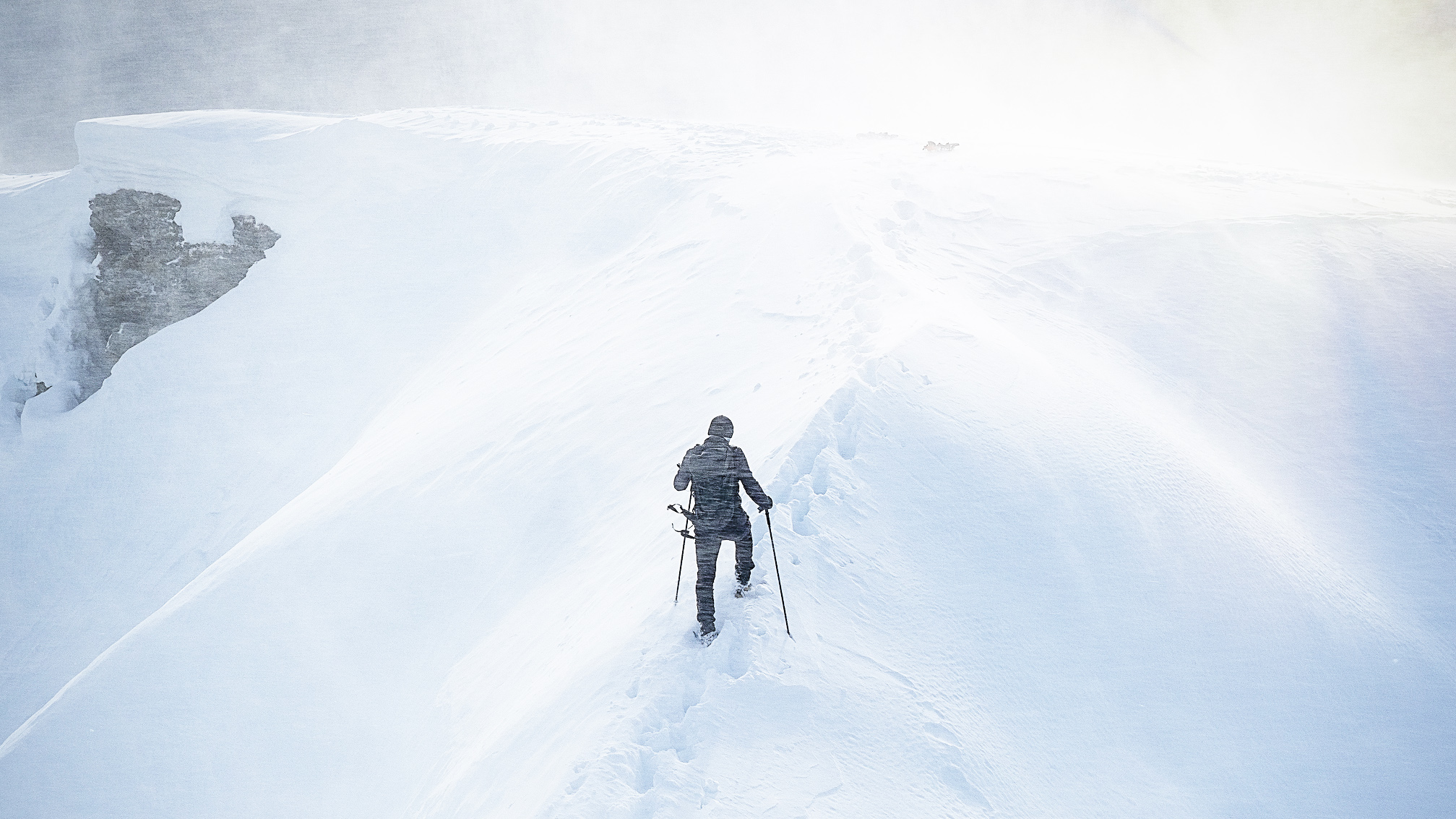
Study the map’s contour lines carefully at every intersection so that you know what to expect from each leg in terms of gradients. If you’re experienced with concepts like Naismith’s Rule, you may be able to estimate the time it should take you to arrive at your catching feature. Just bear in mind that, in these challenging conditions, you’ll obviously be going nowhere near as fast as on a carefree summer’s day jaunt.
Of course, judging the gradient of the slope you’re on can be very taxing in a whiteout, especially if you are on your own. To help with this, periodically drop a snowball in front of you. If it impacts before expected, the slope is rising and if it impacts below you, the slope is falling.
Finally, if all else fails and you find the circumstances too difficult to manage, spending the night in a group shelter or in a blizzard jacket is preferable to ploughing onwards into danger. As a last resort and if you assess that either staying put in the freezing conditions or venturing on into potentially hazardous terrain would be unacceptably dangerous, call mountain rescue.
Alex is a freelance adventure writer and mountain leader with an insatiable passion for the mountains. A Cumbrian born and bred, his native English Lake District has a special place in his heart, though he is at least equally happy in North Wales, the Scottish Highlands or the European Alps. Through his hiking, mountaineering, climbing and trail running adventures, Alex aims to inspire others to get outdoors. He's the former President of the London Mountaineering Club, is training to become a winter mountain leader, looking to finally finish bagging all the Wainwright fells of the Lake District and is always keen to head to the 4,000-meter peaks of the Alps. www.alexfoxfield.com

